A Healthier Liver with These Foods (and an AWESOME Recipe)!
Are you aware that the liver is second only to the brain in how many functions it performs in the body? The liver's "to-do" list numbers over 300 different functions!
For example, it is key to detoxifying your body, storing nutrients, producing glucose, and breaking down carbohydrates. It’s also key to creating bile, which is required to digest and absorb nutrients in food. This said, it's obviously wise to treat your liver with love.

Treating your liver with love starts with being sure you’re eating the right things. Current research shows you’ll have a healthier, happier liver if you include these 10 foods in your daily diet:
COFFEE: Studies show it offers protection against issue such as fatty liver disease and even liver cancer. Coffee appears to reduce fat buildup in the liver, boosts protective antioxidants, and compounds in coffee may even help liver enzymes rid the body of cancerous substances.
GRAPEFRUIT: This fruit is high in antioxidants called naringin and naringenin, which can help protect your liver by reducing inflammation and protecting liver cells. They may also help reduce fat buildup in the liver and increase fat-burning enzymes.
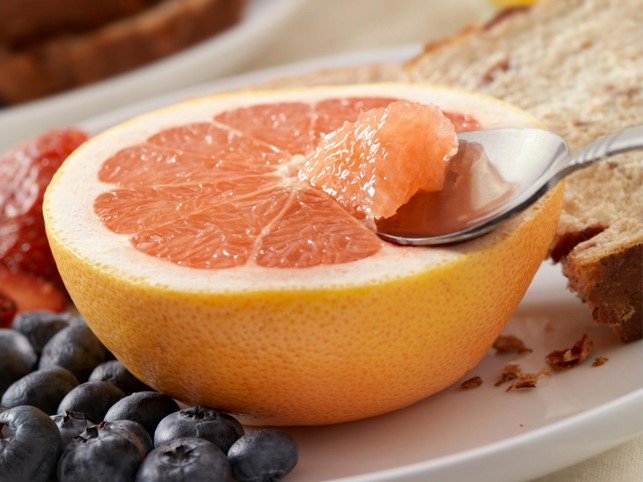
GREEN TEA: A recent study showed that green tea may reduce overall fat content, combat oxidative stress, and fight other signs of nonalcoholic fatty liver disease (NAFLD).
BERRIES: Richly-colored berries like blueberries, cranberries, and raspberries are high in antioxidants called polyphenols that help protect your liver from damage.
CRUCIFEROUS VEGETABLES: This includes vegetables such as Brussels sprouts, mustard greens, collard greens, and broccoli. These powerhouse veggies are loaded with many compounds that can protect the liver by boosting liver enzyme levels, decreasing oxidative stress, and more.
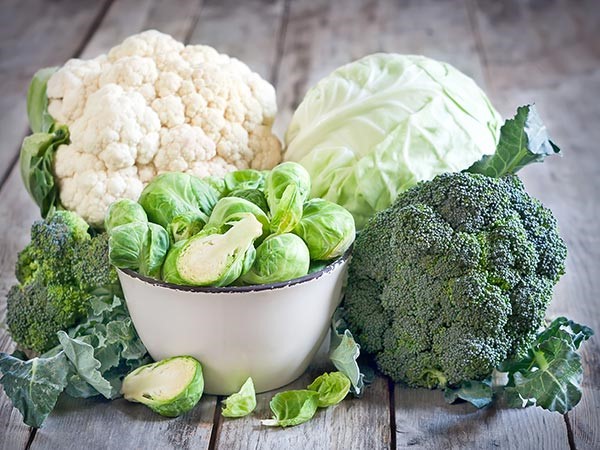
FATTY FISH: These provide you omega-3 fatty acids that reduce inflammation and have been shown to be very beneficial for your liver. They can prevent fat build-up, maintain healthy enzyme levels, and boost insulin resistance. If you eat fish, be sure to look for safe and sustainably-caught sources of fatty fish, such as wild Alaskan salmon.
RED AND PURPLE GRAPES: The most famous compound in red and purple grapes is resveratrol, and they contain a variety of other beneficial compounds, too. Many studies have shown grapes can be beneficial to your liver, helping to lower inflammation, increase antioxidant levels, and more.
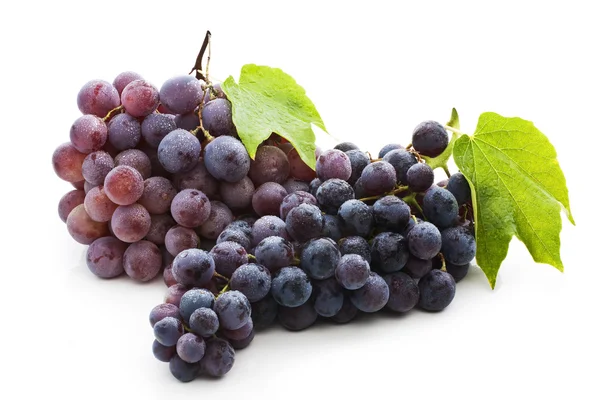
BEETS/BEET ROOT JUICE: Research has shown that beets and beetroot juice may reduce inflammation and oxidative damage in the liver, and boost detoxification enzymes. Here’s a special treat for you beet-lovers out there. And if you’re not a beet-lover, this recipe may just turn you into one! I thank Allison of www.keepingthepeas.com for this awesome salad!
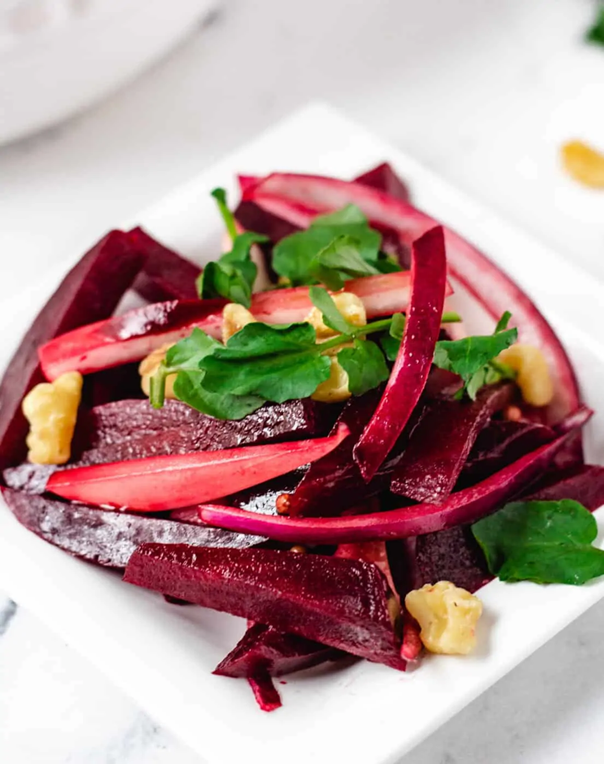
1 pound beetroot bulbs cooked and sliced into strips
1/4 cup water
1/2 bulb fennel finely sliced
1 small red onion thinly sliced
DRESSING
2 teaspoons pure maple syrup
1 tablespoon balsamic vinegar
1 teaspoon soy sauce
1 tablespoon orange juice
1/2 teaspoon coriander
GARNISH
1/2 cup chopped walnuts
fresh watercress
Directions:
Add Recipe to Cook'n
PRICKLY PEAR: This edible cactus has been shown to help reduce hangover symptoms if the extract is consumed before drinking alcohol. This is due to its ability to reduce inflammation, including in the liver. Prickly pear's juice may also decrease the amount of oxidative damage to the liver.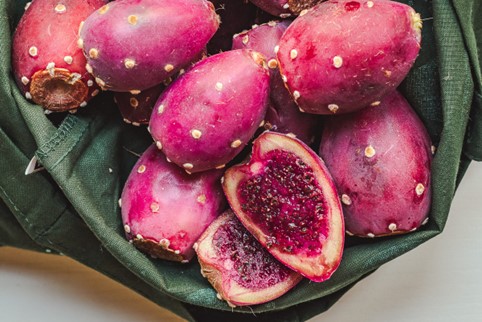
RAW NUTS: The unsaturated fats, antioxidants, and vitamin E in nuts helps prevent nonalcoholic fatty liver disease (NAFLD) and reduces oxidative stress and inflammation.
blog comments powered by Disqus
For example, it is key to detoxifying your body, storing nutrients, producing glucose, and breaking down carbohydrates. It’s also key to creating bile, which is required to digest and absorb nutrients in food. This said, it's obviously wise to treat your liver with love.

Treating your liver with love starts with being sure you’re eating the right things. Current research shows you’ll have a healthier, happier liver if you include these 10 foods in your daily diet:
COFFEE: Studies show it offers protection against issue such as fatty liver disease and even liver cancer. Coffee appears to reduce fat buildup in the liver, boosts protective antioxidants, and compounds in coffee may even help liver enzymes rid the body of cancerous substances.
GRAPEFRUIT: This fruit is high in antioxidants called naringin and naringenin, which can help protect your liver by reducing inflammation and protecting liver cells. They may also help reduce fat buildup in the liver and increase fat-burning enzymes.

GREEN TEA: A recent study showed that green tea may reduce overall fat content, combat oxidative stress, and fight other signs of nonalcoholic fatty liver disease (NAFLD).
BERRIES: Richly-colored berries like blueberries, cranberries, and raspberries are high in antioxidants called polyphenols that help protect your liver from damage.
CRUCIFEROUS VEGETABLES: This includes vegetables such as Brussels sprouts, mustard greens, collard greens, and broccoli. These powerhouse veggies are loaded with many compounds that can protect the liver by boosting liver enzyme levels, decreasing oxidative stress, and more.

FATTY FISH: These provide you omega-3 fatty acids that reduce inflammation and have been shown to be very beneficial for your liver. They can prevent fat build-up, maintain healthy enzyme levels, and boost insulin resistance. If you eat fish, be sure to look for safe and sustainably-caught sources of fatty fish, such as wild Alaskan salmon.
RED AND PURPLE GRAPES: The most famous compound in red and purple grapes is resveratrol, and they contain a variety of other beneficial compounds, too. Many studies have shown grapes can be beneficial to your liver, helping to lower inflammation, increase antioxidant levels, and more.

BEETS/BEET ROOT JUICE: Research has shown that beets and beetroot juice may reduce inflammation and oxidative damage in the liver, and boost detoxification enzymes. Here’s a special treat for you beet-lovers out there. And if you’re not a beet-lover, this recipe may just turn you into one! I thank Allison of www.keepingthepeas.com for this awesome salad!

Beetroot Salad with Fennel and Red Onion
Ingredients:
1 pound beetroot bulbs cooked and sliced into strips
1/4 cup water
1/2 bulb fennel finely sliced
1 small red onion thinly sliced
DRESSING
2 teaspoons pure maple syrup
1 tablespoon balsamic vinegar
1 teaspoon soy sauce
1 tablespoon orange juice
1/2 teaspoon coriander
GARNISH
1/2 cup chopped walnuts
fresh watercress
Directions:
1. Prepare Beets: If using fresh beetroots, preheat your oven to 400 F. Scrub beetroots, and wrap loosely in aluminum foil. Place on baking sheet lined with aluminum foil. Bake for 50-60 minutes. Or use boiling method if you prefer. When the beets are cool enough to handle, peel them by rubbing a paper towel over the outside peel. It should easily come off if they are cooked. If you're using pre-cooked beets, skip this step.
2. Slice Beets: Cut beets into long and even strips. Place them in a large bowl. Chop fennel bulb and red onion into long and even strips. Reserve to the side to add to the salad later.
3. Make the Dressing: Whisk together the maple syrup, balsamic vinegar, soy sauce, orange juice, and coriander in a small bowl.
4. Combine Ingredients: Add the onion slices to the beets. Pour dressing over top. Toss until well coated.
5. When ready to serve, add the fennel strips. Toss together. Top with chopped walnuts, and watercress. Serve immediately.
NOTES:
- Use pre-cooked beets to save you some time and a bit of mess.
- Because cut beets will bleed and stain a wood cutting board, use a plastic cutting board to chop your cooked beets. A plastic cutting board can easily be washed and cleaned. If you don’t have a plastic cutting board, you can line your wood cutting board with parchment paper. But be careful! If your knife cuts the paper, the juice can still stain the wood!
- Wear gloves when handling the beets. Just like they will stain your cutting board, they will also stain your hands.
- Beet skins are easily removed after they are cooked. You do not need to peel them prior to cooking.
- Keep the beet greens! They are full of nutrients and quite delicious! Add them to your salads, stir-fries, and pastas. It’s best to remove the stems right away, and store separately from the beet bulb. They wilt and go bad more quickly than the bulb.
- Will keep for 3-4 days when stored in the refrigerator in an airtight container.
2. Slice Beets: Cut beets into long and even strips. Place them in a large bowl. Chop fennel bulb and red onion into long and even strips. Reserve to the side to add to the salad later.
3. Make the Dressing: Whisk together the maple syrup, balsamic vinegar, soy sauce, orange juice, and coriander in a small bowl.
4. Combine Ingredients: Add the onion slices to the beets. Pour dressing over top. Toss until well coated.
5. When ready to serve, add the fennel strips. Toss together. Top with chopped walnuts, and watercress. Serve immediately.
NOTES:
- Use pre-cooked beets to save you some time and a bit of mess.
- Because cut beets will bleed and stain a wood cutting board, use a plastic cutting board to chop your cooked beets. A plastic cutting board can easily be washed and cleaned. If you don’t have a plastic cutting board, you can line your wood cutting board with parchment paper. But be careful! If your knife cuts the paper, the juice can still stain the wood!
- Wear gloves when handling the beets. Just like they will stain your cutting board, they will also stain your hands.
- Beet skins are easily removed after they are cooked. You do not need to peel them prior to cooking.
- Keep the beet greens! They are full of nutrients and quite delicious! Add them to your salads, stir-fries, and pastas. It’s best to remove the stems right away, and store separately from the beet bulb. They wilt and go bad more quickly than the bulb.
- Will keep for 3-4 days when stored in the refrigerator in an airtight container.
Recipe formatted with the Cook'n Recipe Software from DVO Enterprises.
PRICKLY PEAR: This edible cactus has been shown to help reduce hangover symptoms if the extract is consumed before drinking alcohol. This is due to its ability to reduce inflammation, including in the liver. Prickly pear's juice may also decrease the amount of oxidative damage to the liver.

RAW NUTS: The unsaturated fats, antioxidants, and vitamin E in nuts helps prevent nonalcoholic fatty liver disease (NAFLD) and reduces oxidative stress and inflammation.
 Alice Osborne
Alice Osborne
Weekly Newsletter Contributor since 2006
Email the author! alice@dvo.com
Sources:
- www.wdrfree.com
- www.scitechdaily.com
- www.eatright.org
- www.depositphotos.com
- www.keepingthepeas.com
- www.tucsonfoodie.com
